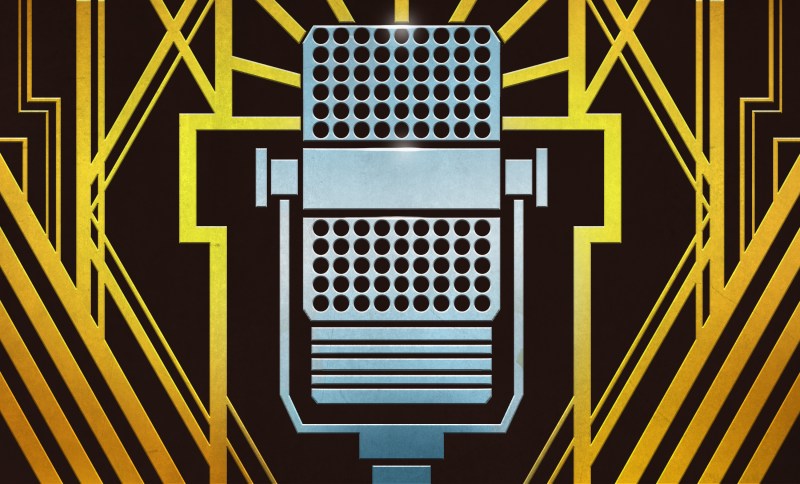Newly ordained Hackaday editor-in-chief Elliot Williams and staff writer Dan Maloney jump behind the podcast mic to catch you up on all this week’s essential hacks. We’ll have a Bob Ross moment with an iPad, go to ridiculous lengths to avoid ordering a 555, and cook up a Wii in toaster. Need to make a VGA adapter from logic chips? Or perhaps you want to quantify the inner depths of human consciousness? Either way, we’ve got you covered.
Take a look at the links below if you want to follow along, and as always, tell us what you think about this episode in the comments!
Direct download (55 MB)
Episode 149 Show Notes:
News This Week:
- A fond farewell to Mike Szczys: Today Is My Last Day At Hackaday; Thanks For All The Hacks!
- The far-reaching impact of the log4j vulnerability
- Jonathan Bennett covers the details in This Week in Security
- Is the Mars helicopter at risk from the log4j bug?
- Eagerly and anxiously awaiting the James Webb Space Telescope launch on 12/22
What’s that Sound?
- A new sound stumps a new co-host!
- If you know the answer, you can win a t-shirt!
Interesting Hacks of the Week:
- A Self Righting Balancing Robot Configured The Easy Way
- Digital Painting On An IPad With Real Brushes
- PCB Microsurgery Puts The Bodges Inside The Board
- You Can Always Use An ATtiny Instead Of A 555
- Fabulous Flexure Mechanism Makes For Resetting Cat Calendar
- A Slim 7400 Logic VGA Board For All Your Retro Needs
Quick Hacks:
- Elliot’s Picks
- Dan’s Picks
Can’t-Miss Articles:
- The Real Science (Not Armchair Science) Of Consciousness
- The fastest nerve impulses run around 200 miles/hour, so that’s a minimum latency of 11 ms from your brain to your fingers. Yet musicians can keep in time to significantly greater precision.
- The Seductive Pull Of An Obsolete Home Movie Format
















The mystery sound reminds me of a flagpole in the wind, with the rope thunking against the pole. The reverb of the pipe can give that underwater sort of sound. Probably not actually what it is.
What’s that sound: This sounds something like a recording made by NASAs Juno spacecraft of Ganymede.